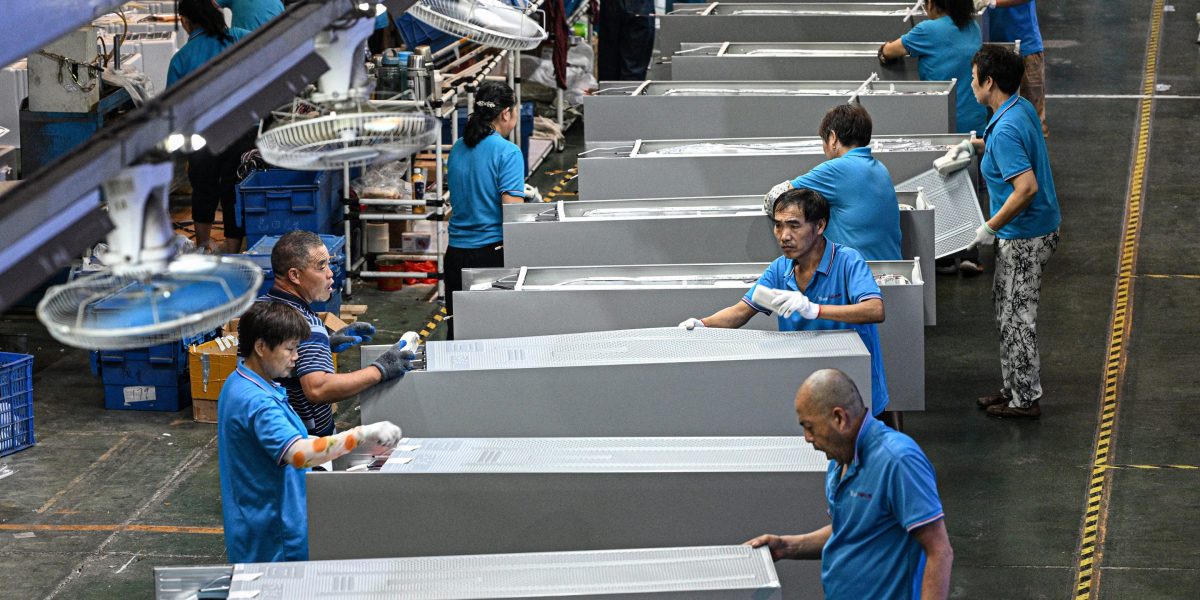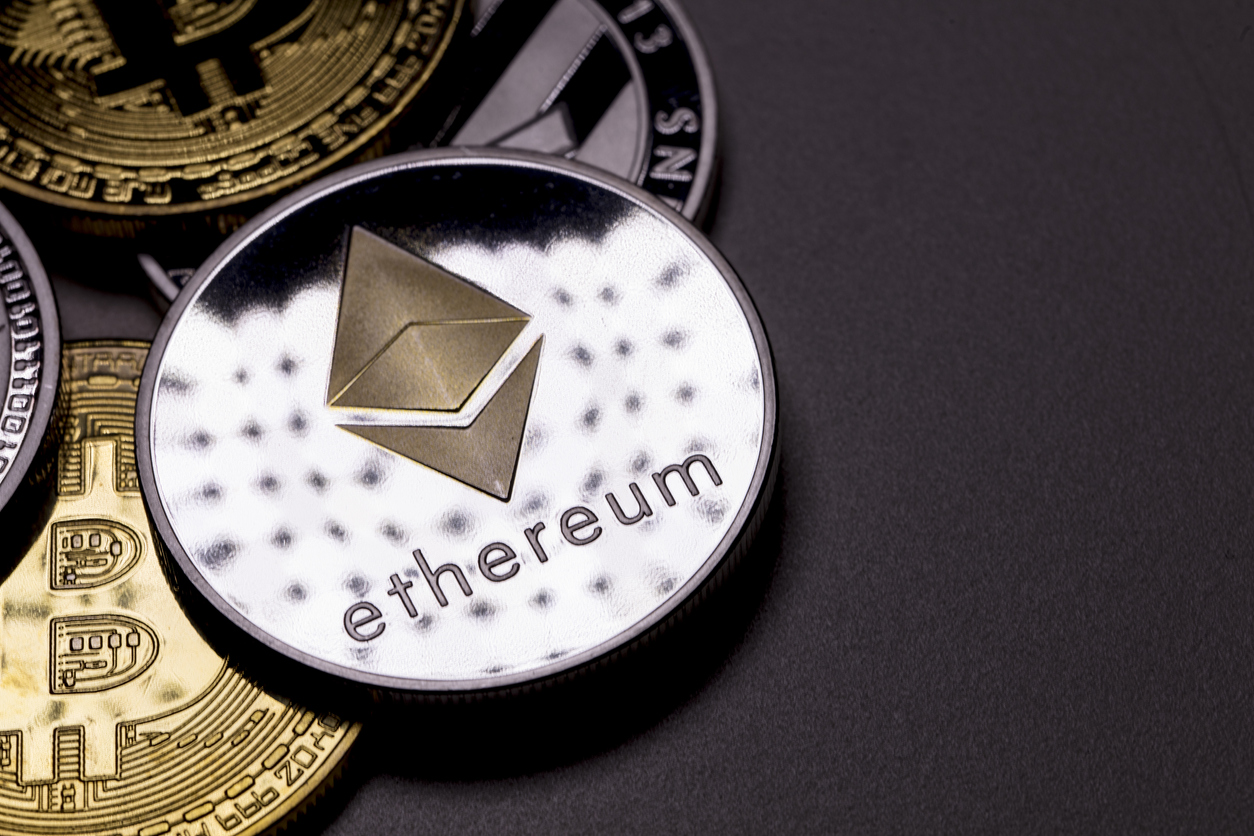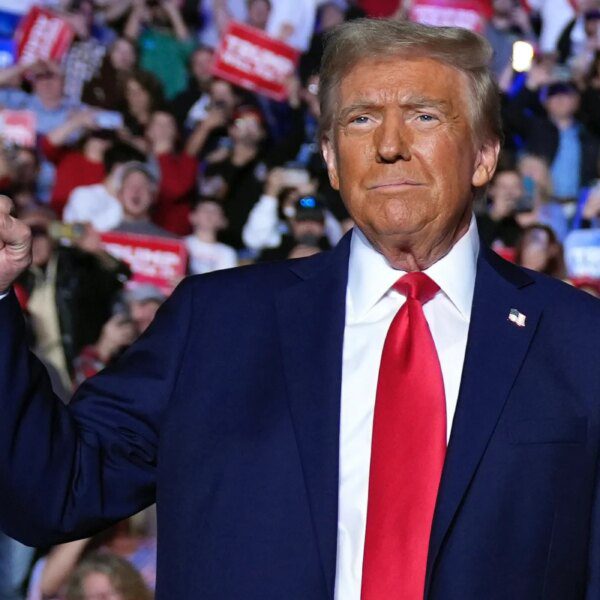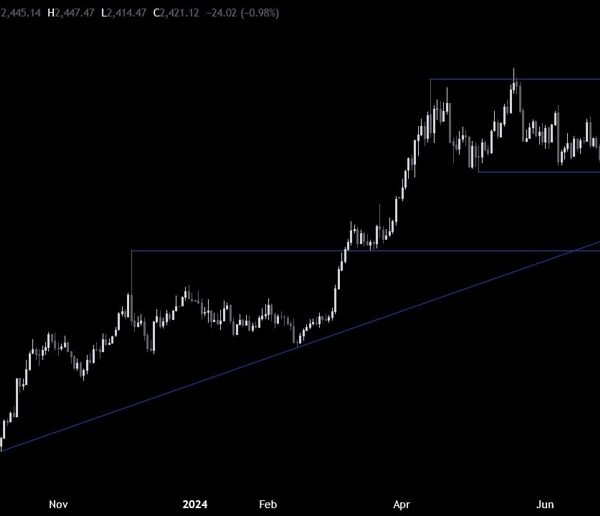
China’s economy lost momentum in August as activity cooled across the board, pointing to mounting risks to achieving the government’s annual growth target.
Measures of factory output, consumption and investment all slowed more than economists had forecast, while jobless rate unexpectedly rose to a six-month high, official figures showed Saturday.
The broad weakening darkened the growth outlook for the world’s second-largest economy, fueling calls for a more aggressive policy response with just a few months left before the end of the year.
“The August data basically rules out the chance to attain the official target of 5% growth in 2024, unless the top leadership is willing to launch a bazooka stimulus package,” said Raymond Yeung, chief economist for greater China at Australia & New Zealand Banking Group Ltd.
Home prices fell at the fastest pace since 2014, reflecting weak confidence that’s weighing on demand and threatening to draw China into a deflationary spiral. A string of rate cuts has done little to stimulate borrowing, indicating anemic consumer and business sentiment.
The data adds up to a gloomy picture that gives authorities reason to take more forceful steps to put growth back on track before it’s too late.
“As we are already toward the tail-end of the third quarter, time is running low for policymakers to introduce measures to buoy the economy amid numerous headwinds,” Lynn Song, chief economist for Greater China at ING Bank NV, wrote in a note.
Even before Saturday’s release, a vast majority of global banks including JPMorgan Chase & Co. already expected China’s GDP to grow at the lower end of Beijing’s goal target. Economists have called for authorities to do more to avert falling into stagnation akin to Japan’s “lost decades.”
The downbeat data may just drive home their point, showing even the more resilient part of the Chinese economy is losing traction.
Industrial output expanded at a slower rate than economists had expected, extending a weakening streak to the fourth month, the longest stretch since September 2021.
That suggests the main driver of the Chinese economy this year — bolstered by exports and government support — is losing steam. More challenges may yet arise as trade tensions intensify over complaints about Chinese overcapacity by the US and other major partners.
“If external demand can stay resilient for a little longer we could see some resilience, but given incoming tariffs and slowing global momentum we are erring on the side of caution,” ING’s Song said.
Song also warned the auto sector may “move from a tailwind to a headwind” given that the volume of car output fell 2.3% in August compared to the same period last year.
While state capital-driven investment has been slowing, the deterioration in the private sector was even worse. Private investment fell 0.2% on year in the January-August period, registering its first decline this year, data showed.
The National Bureau of Statistics acknowledged the challenging external environment and insufficient demand at home in a press conference after the release. Its spokesperson Liu Aihua also cited fresh college graduates as a reason for the uptick in the urban unemployment rate in August.
The People’s Bank of China on Friday indicated it will step up its fight against deflation and prepare additional policies to revive the economy, in a rare statement accompanying the release of credit data.
The day before, President Xi Jinping urged government officials to “conscientiously implement” existing economic policies in the rest of the year to achieve full-year economic and social development goals.
The output data so far in the third quarter suggests gross domestic product will expand at 4.6%-4.7% for the period, said Jacqueline Rong, chief China economist at BNP Paribas SA. That’d indicate economic growth may struggle to pick up from the last quarter, which was the slowest since March 2023.
She said the slowdown in activity will probably prompt the government to take some more supportive measures, but she expects no aggressive steps until policymakers meet at the Central Economic Work Conference in December.
Highlights of China’s economic activity data:
- Industrial output rose 4.5% in August from a year ago, down from 5.1% in the previous month and below economists’ median forecast of 4.7%
- Retail sales increased 2.1%, slowing from July’s 2.7% and missing projection of 2.5%
- Fixed-asset investment gained 3.4% on year in the January-August period, down from the 3.6% growth in the first seven months. Economists had forecast a 3.5% expansion
- Property investment fell 10.2% in the period, unchanged from July and slightly worse than prediction of a 10% drop
- The surveyed unemployment rate in urban areas climbed to 5.3%, up from 5.2% in July and the highest since February
Economists widely expect PBOC to ease monetary policy in the coming weeks, including by reducing the amount of cash lenders must keep in reserve. The central bank could also lower the interest rate on policy loans to reduce banks’ funding cost.
“With confidence low and deflation risk significant, the kind of monetary policy action the PBOC would contemplate is unlikely to make a substantial difference,” said Louis Kuijs, chief Asia-Pacific economist at S&P Global Ratings. “Fiscal policy stimulus would be more appropriate and effective.”















